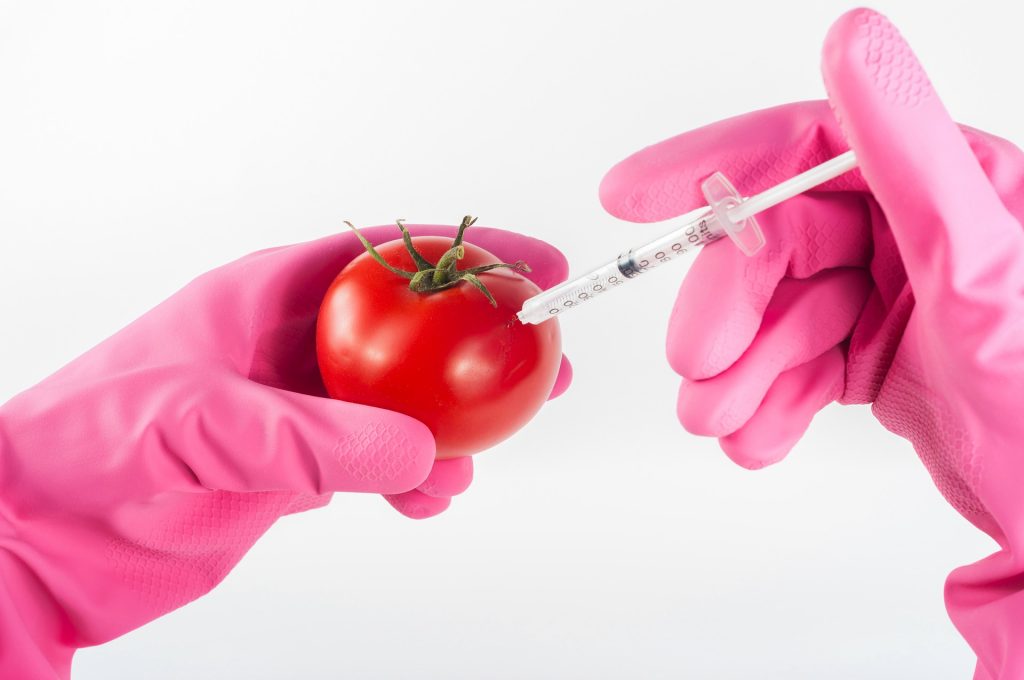Blog
Food or chemical?

Do you know what you eat?
It is a part of the 21st century that we all want: to produce products as quickly as possible, to have everything available and so that they can get to us as soon as possible, in larger quantity and cheaper. Also to keep them fresh for longer.
Do you know how much chemical and other substances you have in your meals?!
If not, I mention a few, which usually are in a prepacked, packaged product, at least 2-3 of them:
1. Preservatives
2. Colorants
3. Nitrites and nitrates
4. Synthetic sweeteners such as sucralose
5. Adulteration agents: for example modified lecithins E-322
6. Flavors and flavor enhancers
7. Volume suppressants
8. Anti-clumping agents
And then we have not talked about soy, hydrogenated oils, palm oil, added sugar content, milk derivatives or genetic modification, etc. I will write about these in another blog. Let’s have a look at those mentioned above:
Research has shown that the intake of certain chemicals, substances and certain amount of them will not harm our body. Yet, have you ever wondered what would happen if you were eating different food products each containing additives? Or even in larger quantities than the experts have considered to be healthy? Unfortunately, whatever they say, you can easily consume these chemicals more than you need – if you’re not conscious.
Here is a simple example**:
For breakfast:
1. Pastry from your favorite supermarket = emulsifiers, acidity regulators, anti-clotting agents, flour treatment agents, hydrogenated oil, starch, powdered milk, powdered sugar, sugar, dextrose (sugar – CH again!)
2. Skimmed milk 1.5%: some chemicals and hormones they might treat the animal with and for making the milk white, not mentioning that the milk is not whole
3. Instant cocoa powder: sugar, emulsifier, aroma
For lunch:
1. Pizza: modified starch, soy protein, glucose, stabilizers, thickener, sugar, maltodextrin, pig collagen protein; flavors, hydrogenated vegetable protein, caramelized sugar, smoke flavor
For dinner:
1. Bread from the supermarket: dextrose, sugar, thickeners, emulsifiers, soybeans, volume enhancers, eating acids, flour-treaters
2. Liver paté: nitrites, preservative, soy protein concentrate, emulsifier, hydrolyzed vegetable protein, wheat starch, milk protein, modified starch, thickener, emulsifier, gelling agent, sugar, glucose syrup, sucrose, color stabilizer, dye
Snack:
1. Salty sticks: palm oil, emulsifier, acidity regulating agent, dye, flavors, sugar, acidity control material
2. Sweet biscuits: sugar, palm oil, glucose fructose syrup, volume enhancers, skimmed milk powder, egg powder, emulsifier
Before / After Training:
1. Protein bar considered healthy: emulsifier, humectant, milk powder, acidifier, aroma, bulking agent, (not natural) sweetener
As you can see, our food is full of substances that our body can not tolerate in the long run or what I have previously written that artificial material, whatever it is, is not a useful organism. We can not deceive our body, it will sooner or later react to these.
What is the solution?!
- Be conscious: consciously avoid the ingredients mentioned above. At first, you will need time to find the right non-additive products for you, but over time it will become a routine.
- Choose from domestic producers, small farmers who do not use chemicals and additives for their products: choose sustainable restaurants where they not only focus on the environment but also your health! You will find a list of these on the Hereos of Responsible Dining website. If you cook, you should buy from farmers. Do not take medicines for health promotion/prevention, but try herbs. For example, my favorite is the Lemongrass tea blend from Györgytea, what can be consumed any time for health promotion and also tastes delicious. In this blend there is shooter, gold leaf, lemongrass, birch leaf, mint leaf, hawthorn flowering branch, forest leaf. Thanks to these herbs, the tea also has an immune boosting, cleansing and soothing effect, beneficial for the functioning of the heart and liver, as well as preventing the formation of joint injuries. You made a cup of tea for your health.
- Plan ahead: if you plan ahead in advance, you’re definitely not going to run into products that you do not want to eat – or very rarely. 🙂
With these tips you’re probably ahead by now, the only thing which is left: you to decide.
Pay attention on what you eat!
Georgina
*
If you want to further deepen your knowledge, check out our package offers or subscribe to our newsletter.
Sponsored content
** These are examples only, the ingredient list of two different products from same group can be different.
Photo by http://pxhere.com/en/photo/790954
